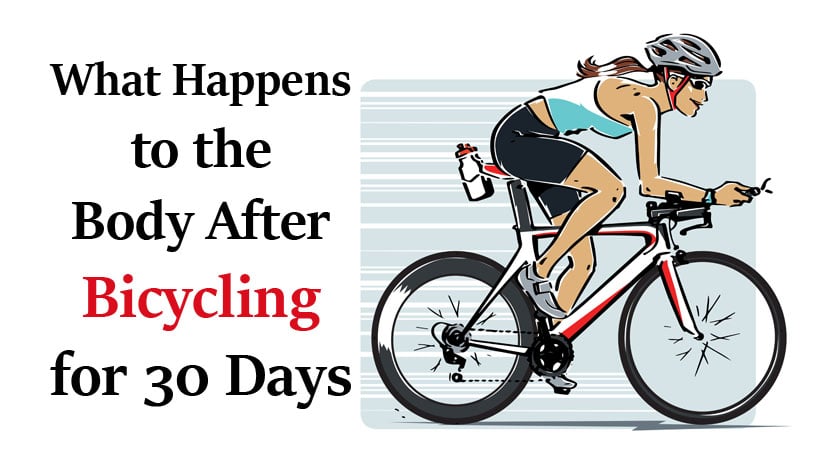As Elton John so eloquently said in the introduction of The Lion King, “the cycle of life, it’s the wheel of fortune”. Or was that…the circle of life? Either way, I think Mr. John would wholeheartedly endorse this promotion of cardiovascular exercise.
Cycling, or bicycling, is an aerobic activity that targets the heart, blood vessels, and lungs. Engaging in this exercise over an extended period of time can dramatically improve muscular endurance, flexibility, strength, and agility.
The benefits outweigh the costs
Although there has been some controversy about whether the negative effects of inhaling polluted air while cycling outweigh the health benefits, according to a study published by the scientific journal Environmental Health Perspectives, the net impact of this type of exercise is positive. So let’s all get out there and pedal!
How cycling impacts the body
Increases muscular density
Because it is a form of resistance training, cycling not only burns calories, but it also builds muscle, particularly in the legs. When muscular density increases, it:
- Maintains bone density and strength
- Increases energy levels
- Strengthens tendons and ligaments
- Increases metabolism
Decreases risk of cardiovascular disease
This kind of workout also stimulates circulation, which can decrease your risk of developing cardiovascular diseases such as heart attack, high blood pressure, and stroke. As your heart muscle gets stronger, it reduces your resting pulse and blood fat levels.
Decreases risk of diabetes
While you ride, your muscles begin to require more oxygen. With each push of the pedal, your heart rate and stroke volume increase, which sends more blood through your lungs. As a result, you begin to breathe more deeply to expand your alveoli (the tiny air sacs in your lungs that transfer gases), which causes greater oxygen exchange during each breath.
According to a study published by PLOS|Medicine that was performed on over 24,000 men and over 28,000 women in Denmark, commuter and recreational cycling are consistently associated with a lowered risk of Type 2 diabetes.
How to start
To begin your cycling journey, make sure you have a bike that is durable, and fits your weight. Ask your local bike shops for assistance with finding one that works for you. Once you have your bike, get it professionally fitted so that you can ride it comfortably.
Start with a low mileage goal and ride several days a week until you can achieve the mileage that satisfies you. As always, consult with your doctor before starting any new exercise program.
Sources:
https://www.ncbi.nlm.nih.gov/pmc/articles/PMC5667616/
https://www.cyclingweekly.com/news/latest-news/benefits-of-cycling-334144
https://www.betterhealth.vic.gov.au/health/healthyliving/cycling-health-benefits
https://olin.msu.edu/healthpromo/exercisefitness/activebenefits.htm
https://www.bicycling.com/training/g20041839/what-happens-to-your-lungs-when-you-ride/
https://journals.plos.org/plosmedicine/article?id=10.1371/journal.pmed.1002076
https://www.bicycling.com/training/g20046639/the-beginners-blueprint-to-road-cycling-greatness/



